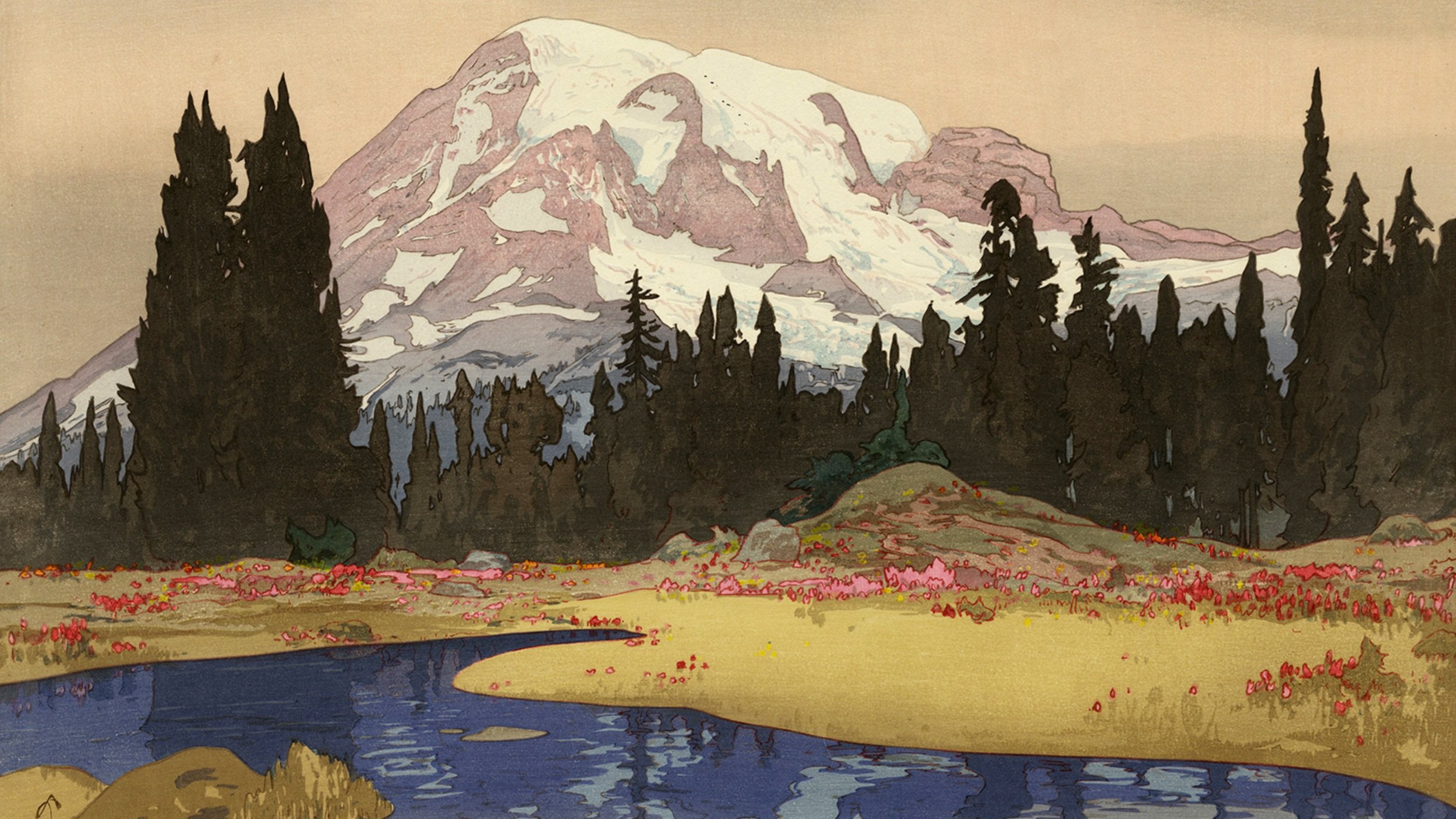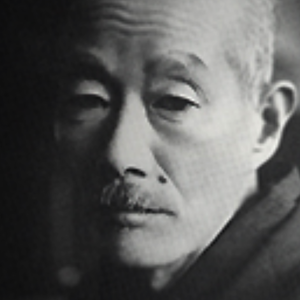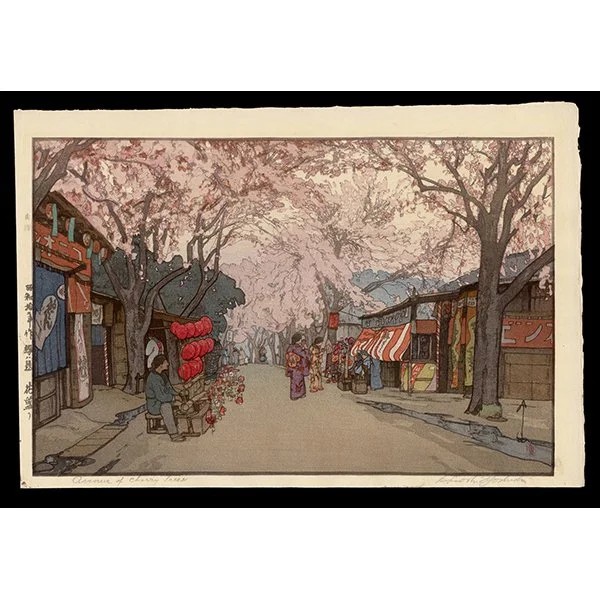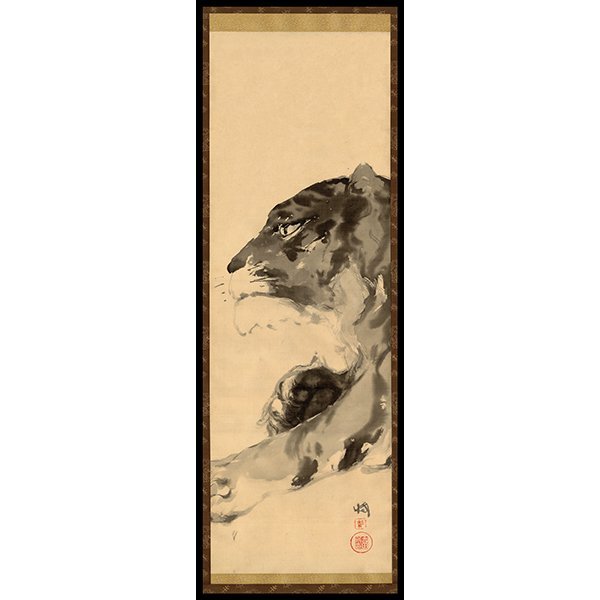YOSHIDA
COLLECTING JAPANESE PRINTS FEATURED SHIN HANGA ARTISTHiroshi Yoshida
1876 - 1868
Profile at a Glance:
Watercolorist, oil painter, and woodblock print artist. Was one of the first artists to establish his own print studio and design and produce his own work.
Created over nearly 260 woodblock print designs as well an extensive body of work in oil and watercolor.
Yoshida (born Ueda) Hiroshi was born in 1876 in Fukuoka Prefecture, the adopted son of Yoshida Kasaburo. A Western-style landscape painter in oils and watercolors, Yoshida is best remembered for his depictions of majestic landscapes (particularly mountains) and use of vibrant colors.
As an adolescent, Yoshida studied under oil painters Tamara Soritsu in 1893 and Koyama Shotaro in 1894. In 1899, he went abroad to the United States, where his oil paintings were exhibited in New York and Boston. Yoshida founded the Taiheiyoga-kai in 1902, which was a successor to the Meiji Art Society, and then traveled throughout Europe from 1903 to 1905.
In 1907, he married Fujio, the daughter of the Yoshida family. Prior to his involvement with printmaking, Yoshida was a well-established landscape painter recognized by the Bunten and Teiten societies. Yet woodblock printing had piqued his creative interest. In 1920, he designed his first print, "Secluded Garden of Meiji Shrine" (1920), in a collaborative effort with publisher Watanabe Shozaburo.
In the wake of the 1923 Kanto Earthquake, he and Fujio traveled once again to the United States and Europe, selling prints and sightseeing. They returned home in 1925 and opened their workshop, producing more than two-hundred and fifty prints based on their travels, including Himeji Castle (1926), The Rapids (1928), and Inland Sea (1926–1929), among many others.
Like fellow artist Hashiguchi Goyo, Yoshida embraced the collaborative hanmoto system and took advantage of the skills of printers and carvers, but kept control of the process firmly within his own hands; autonomy in terms of creative vision and craftsmanship was of paramount importance. Arguably one of Yoshida's greatest accomplishments is his use of color variations of the same subject, altering the mood based on atmospheric conditions of light (See Himeji Castle, 1926). His use of color harmonies, achieved by overlaying different colors with multiple reprints, was both highly innovative and an overall boon to the shin hanga movement.








